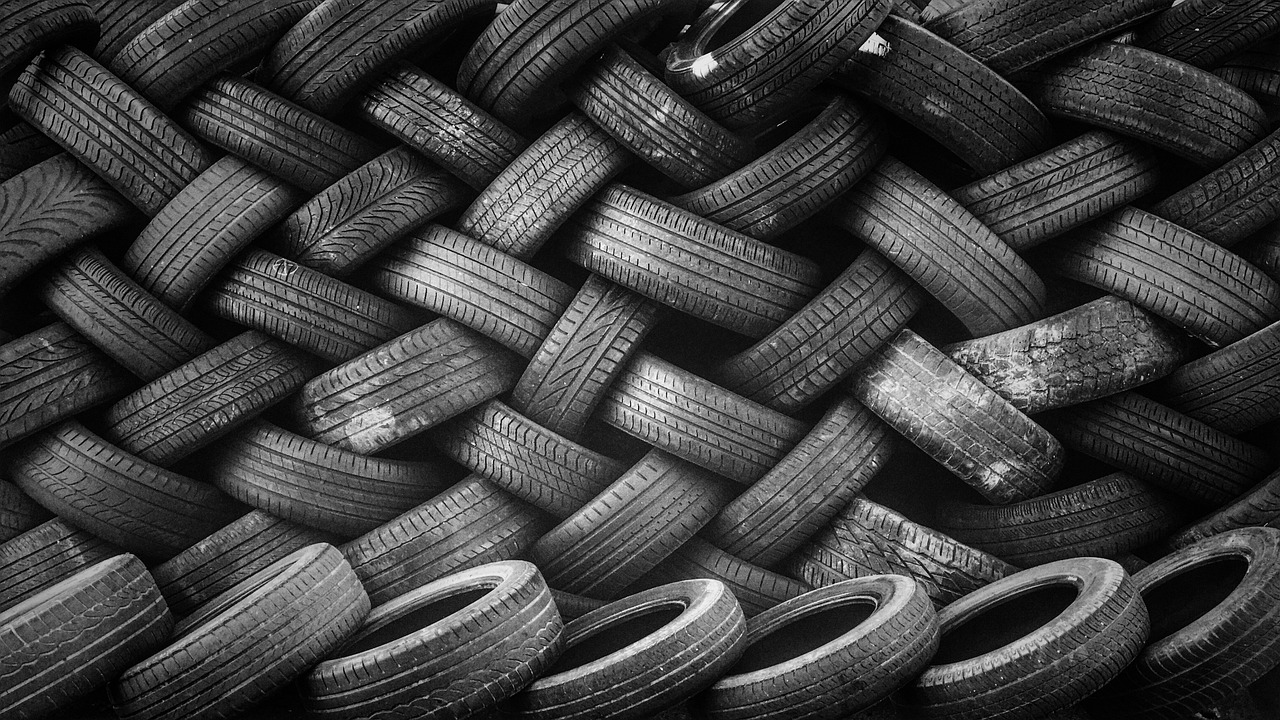
| • Rubber mixing process | |
| Mixing process | rubber hydrocarbon cracking to produce C5-C12 alkanes & alkenes (accounting for 40-60%), carbon black dust (D50=0.5-2μm) and oil mist to form a colloidal aerosol |
| Volatilization of additives | antioxidant (6PPD) releases aniline substances (10–30 mg/m³), plasticizer (DOP) produces phthalates (50–120 mg/m³) |
| • Vulcanization process | |
| Plate vulcanization | tetramethyl Thiuram disulfide (TMTD) breaks down to produce CS₂ (200–500 mg/m³), with NH₃ (30–80 ppm) released |
| Injection vulcanization | peroxide-crosslinker residual tert-butanol (15–45 mg/m³), silane coupling agent releases ethanol (80–150 mg/m³) |
| • Post-treatment section | |
| Trimming process | rubber particles (particle size distribution 10–100 μm) and low molecular sulfur ether (0.5–1.2 mg/m³) mixed discharge |
| Inspection package | Residual N-nitrosamines on the surface of the finished product (0.01–0.05 ppm), with strong carcinogenicity |
aerosol viscosity >800cP, pressure drop rises 300% within 6 hours of the traditional filtration system, carbon black particles have strong penetration and are not easy to capture
Formula adjustment leads to the switch of dominant pollutants (such as isoprene in NR formula and styrene in SBR formula)
CS₂ Lower explosive limit (1.3%VOL) with a critical overlap of the working concentration (0.3-1.0%VOL)
